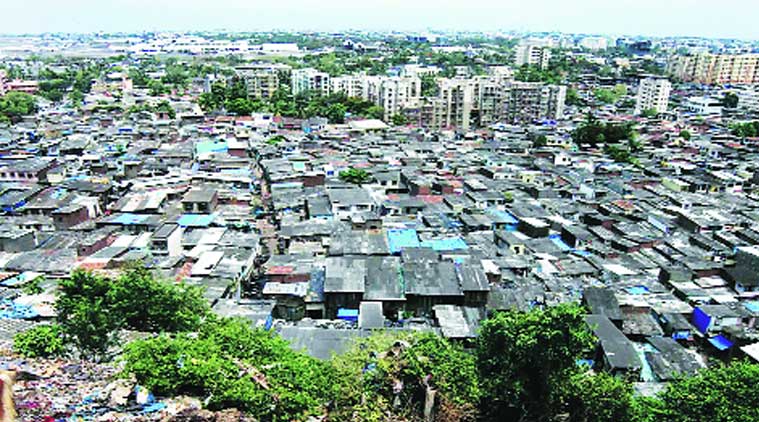Shy of SRA, MbPT pushes own slum rehab scheme
Port Land Development: For 30,000-odd residents of shanties panel prefers something like central govt’s RAY
In what could be a first-of-its-kind policy for rehabilitation of slums on central government land in Mumbai, the Mumbai Port Trust (MbPT) has recommended doing away with the concept of a cut-off date for deciding the eligibility of slum-dwellers for rehousing.
The Land Development Committee of the MbPT has said 30,000-odd residents of shanties dotting Mumbai’s 28-km dockland along the eastern coastline should be rehoused through a specially drafted policy for them, and not through the state government’s existing Slum Rehabilitation Authority schemes.
In the final draft of its report that will be submitted to Union Minister for Shipping Nitin Gadkari, the committee has stated that slum rehabilitation on central government land parcels need not follow existing SRA schemes that allow private developers to rake profits out of constructing apartments for sale on slum land in return for housing shanty-dwellers, free of cost, on a small portion of the land.
Gadkari has been emphatic about the fact that no private builders will be involved in developing port land.
Instead, the proposed special planning authority Mumbai Port Land Development Authority(MPLDA) will be free to design its own policy for housing those living in the slum settlements. The policy will be based on the broad framework laid out by the land development panel. “Since there is currently no policy for slum rehabilitation on central government land, it will be a complex process before we are able to come up with one,” said MbPT chairmen R M Parmar.
The SRA policy counts only those living in slums that have come up prior to 2000 as “eligible” for alternate housing, displacing large numbers of “ineligible” residents. According to a panel member, the port trust’s rehabilitation policy should be more along the lines of central government’s flagship Rajiv Awas Yojana (RAY) where the construction of low-cost housing for all slum residents are partly financed through central government grants.
The last detailed survey on the slum settlements conducted by the MbPT in 2002 pegged the numbers at 14,369 shanties, occupying swathes of land totalling to 7.46 hectares. “The numbers are estimated to be around 30,000 as on date. The cost of the slum rehabilitation cannot be part of the capital expenditure as that will make it unviable.
There are lots of central government funds available which can be used for this purpose,” said a panel member. Even though RAY provides for 50 per cent of the amount required to reconstruct slums, Mumbai, home to 11 lakh slum households, has not utilized a single paisa for more than three years since the policy came into being. The LDC’s report also mentions the a part of the land can be used for generating affordable housing.
The slum pockets on MbPT land, whose residents are mainly into ship repairs and scrap-dealing, are largely concentrated in areas such as Wadala estate, Hay bunder and Haji bunder near Cotton Green. Half-a-dozen slum colonies live close to the ship-breaking yard at Darukhana and several others along the port land at southern tip of Masjid bunder and Colaba. In addition to the physical rehabilitation of the residents from slums to buildings, the panel has also recommended setting up of small-scale industrial units so as to rehabilitate them in terms of livelihood.
shalini.nair@expressindia.com













